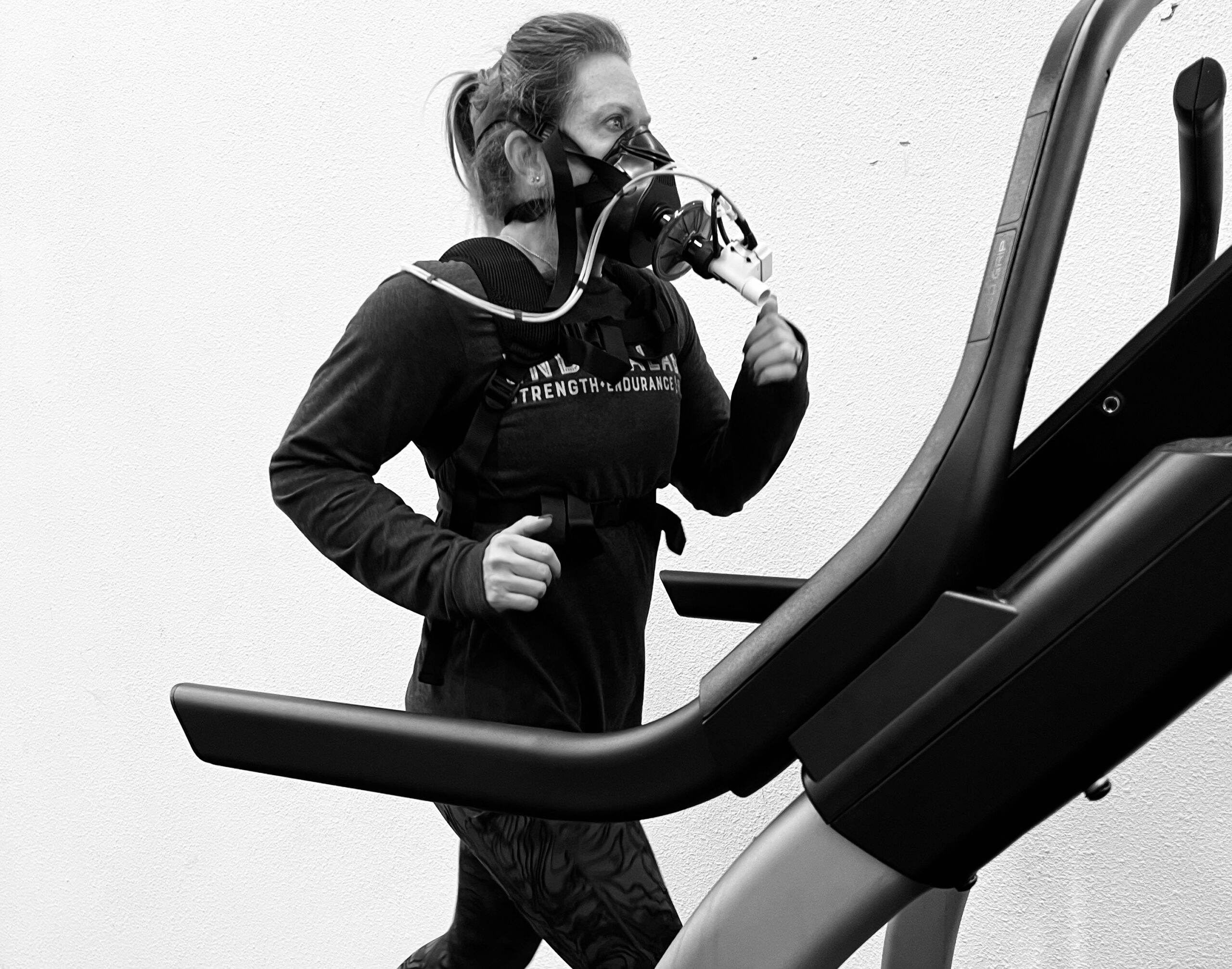You must have probably heard of heart rate training zones and how elite endurance athletes, and more recently, a growing number of recreational athletes, use them to guide their training.
This blog explains why they are important for your training and how each one can help your body evolve in different directions.
What are heart rate zones?
Heart rate training zones reflect your body’s metabolic statuses in different training intensities. They are heart rate ranges (e.g., 123 – 142 beats per minute), each one corresponding to an exercise intensity, where your body responds metabolically in a specific way. Two factors determine the metabolic state of your body in each zones:
- The fuel mixture used (i.e., the balance between fats and carbohydrates).
- The physical traits your body develops when training in this zone.
For example, when training in zone 2, your body will burn the most fat and enhance its cellular health fat-burning capabilities at the fastest rate.
What’s our body’s fuel mix, and how does it help determine training zones?
During exercise, your body typically burns a mixture of fats and carbohydrates to release the energy required (i.e., calories) to move. Fat releases more energy than carbs when burnt (i.e., 9 kcal per gram of fat vs. 4 kcal per gram of carbs) but has a slower burning process making it suitable for low exercise intensities where the rate of energy demand is low. Carbohydrates, on the contrary, require less time to burn and can therefore support higher exercise intensities where the rate of energy demand is larger. The mix of fats and carbohydrates used by your body is revealed by the breakdown of oxygen and carbon dioxide in your breath and is measured through the use of a metabolic analyzer like PNOĒ. Figure 1 shows the difference between fat and carbohydrate burn as exercise intensity increases during a treadmill test.

Figure 1 Dark green: fats, Turquoise: carbohydrates, Light green: heart rate
Since this measurement requires you to wear a mask, information for your body’s fuel usage becomes almost impossible to obtain during everyday training. As a result, we use heart rate as a proxy metric to accurately estimate our body’s fuel usage and metabolic status. This is done through a metabolic test whereby measuring heart rate and the fat-carbohydrate mix you can establish the correlation between fuel mix and heart rate. We refer to this as “getting your personalized training zones”. However, it’s important to note that the correlation between heart rate and fat-carbohydrate balance depends largely on the type of exercise. For example, you may be burning 30% fats and 70% carbs at 140 beats per minute when running but only 15% fats and 85% carbs at 140 beats per minute when cycling.
How many training zones do we use? What physiological traits does each one train?
The 5 zones system is the most frequently used one, accurately capturing the difference in metabolic states while remaining practical enough for everyday usage. Each zone is used for a different purpose as it inflicts different metabolic adaptations on your body.
Zone 1
Training intensity is typically used for warmup or active recovery (i.e. recovering from intense exercise while moving)
Zone 2
Zone 2 training will develop your mitochondrial function and improve your fat-burning efficiency. It’s highly recommended for long-range endurance sports as well as for individuals suffering from metabolic syndrome (e.g. Type II Diabetes). The improved mitochondrial function will also significantly support recovery capacity helping you to recover faster after intense bouts of exercise.
Zone 3
Zone 3 training can help strengthen your pulmonary muscles and improve cardiovascular function. It’s an ideal intensity when suffering from a lung or heart problem since its moderate- intensity offers a strong stimulus to the heart and lungs without being exhausting or overly strenuous.
Zone 4
Zone 4 training will help improve your VO2max and ability to sustain high-intensity exercise for prolonged durations by improving lactate shuttling. Lactate is a byproduct of anaerobic metabolism, which can also be used as fuel by your muscles. For as long as your body can clear fatigue byproducts faster than their being produced, the exercise intensity remains sustainable. As a result, the greater your lactate shuttling capability the greater your ability to sustain high exercise intensities for long periods of time.
Zone 5
Zone 5 training will improve your VO2max and peak power output capability (e.g. maximum speed or cycling wattage). This exercise intensity is sustainable for 60 to 120 seconds and requires one to train at his maximum potential.
Why should I care about training zones?
Regardless of age, gender, and fitness level, every person has one or more systems posing a limitation to fitness or health. Targeting these limitations effectively requires the precision that stems from focusing your cardio and interval training to the zone(s) that will bring about the adaptations needed to overcome them.
The PNOE metabolic analyzer provides gold-standard accuracy in determining your training zones along with the plan that puts them to effective use. Understanding how your body responds metabolically differently and building your program around your metabolism is a foundational step toward maximizing your workout’s efficiency and achieving your health or performance goals faster and less effort.



